
The Google Pixel series is known for regular security patches and updates, but that has changed to one of the longest official support windows in the industry. If you have a Pixel, here’s how long your device will be supported—and steps if it isn’t supported anymore.
- Android Basics: How to sideload OTA updates on your Google Pixel [Video]
- What Google Pixel’s 7 years of updates actually means
Table of contents
One of the major reasons people love Google Pixel phones is that they get updates on day one when an OS upgrade is announced. Google also makes it super easy to get OTA updates either directly on your phone or by using developer options to flash these manually if you can’t wait for a notification ping.
Unsupported Models
When the OG Pixel launched in 2016, it shipped with just three years of guaranteed OS updates and regular monthly security patches. This remained the same for the Pixel 2 and Pixel 3, but a couple of exceptions were made to give specific devices more updates beyond the three-year window where needed.

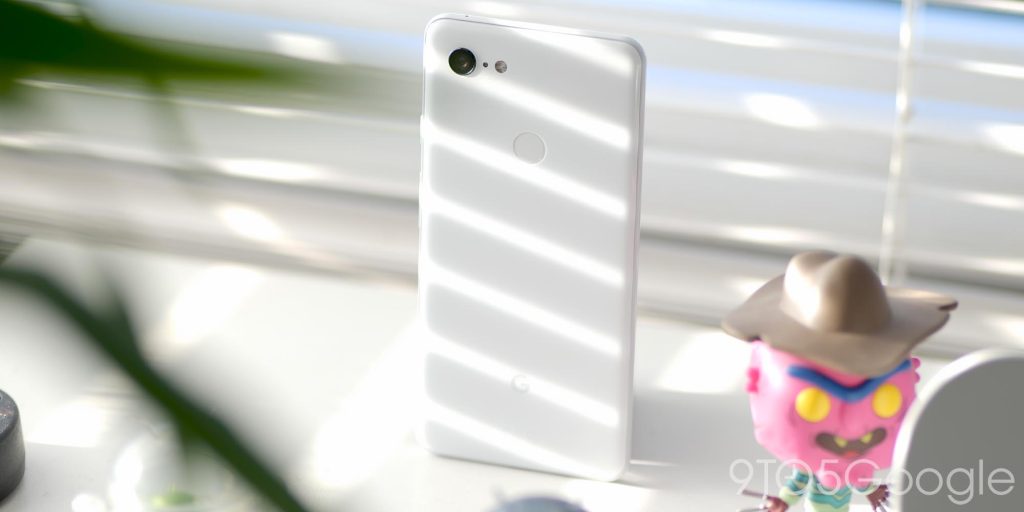

As of late 2024, quite a few of the classic Pixel phones are no longer supported. These include the Pixel and Pixel XL, Pixel 2, Pixel 3, Pixel 3a, Pixel 4, Pixel 4a, and Pixel 5 and 5a series. The Pixel 5a with 5G received its last update in August 2024. These devices will be running the following Android versions and associated security patches:
- Pixel / Pixel XL: Android 10 with December 2019 patch
- Pixel 2 / Pixel 2 XL: Android 11 with December 2020 patch
- Pixel 3 / Pixel 3 XL: Android 12 with February 2022 patch
- Pixel 3a / Pixel 3a XL: Android 12L with August 2022 patch
- Pixel 4 / Pixel 4 XL: Android 13 with February 2023 patch
- Pixel 4a: Android 13 with August 2023 patch
- Pixel 4a 5G: Android 14 with October 2023 patch
- Pixel 5: Android 14 with October 2023 patch
- Pixel 5a: Android 14 with August 2024 patch
None of these phones will receive updates from Google unless a critical vulnerability is deemed necessary to fix or patch. So you may want to look into alternative support options. From the Pixel 6 series and onwards, Google changed the update schedule to 5 years.
Pixel 6 series
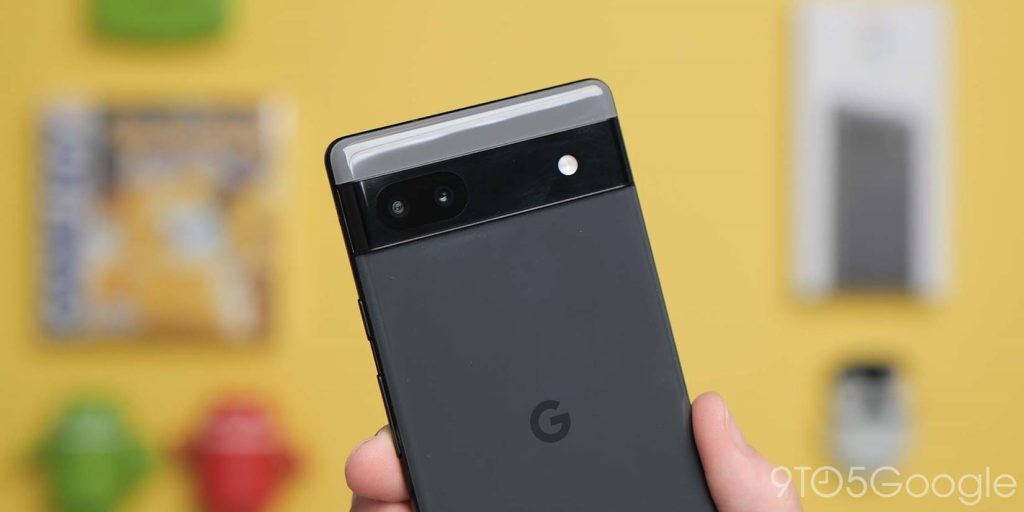
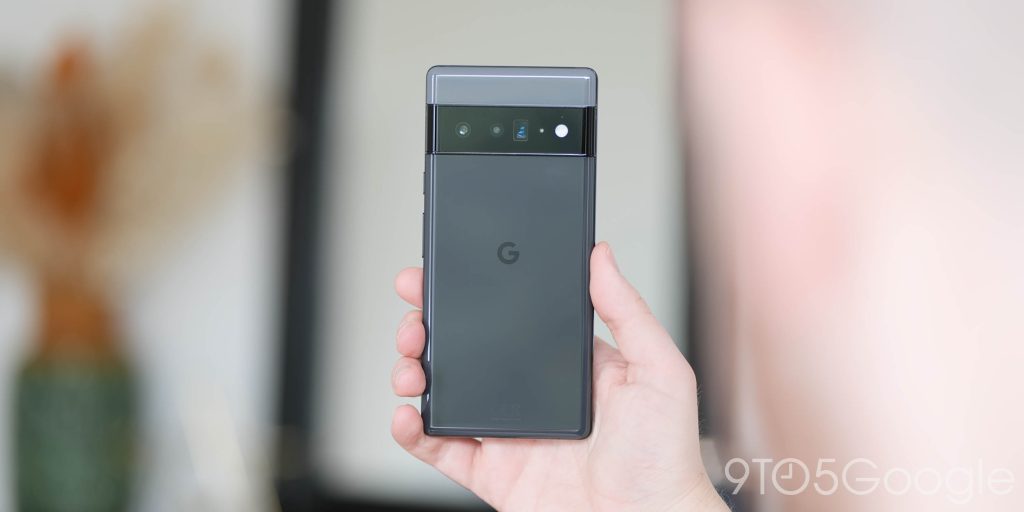

The Pixel 6 and Pixel 6 Pro, launched in October 2021, marked the introduction of Google’s in-house Tensor chip, enhancing AI and machine learning capabilities. Both devices came with the first major expansion in the support window with 3 OS updates guaranteed plus 5 years of security patches promised.
These handsets are supported until October 2026, again aligning with Google’s first five-year support commitment for Tensor-powered Pixel models. The mid-range Pixel 6a, released a few months later in 2022 as a more affordable option, enjoys extended support through July 2027, providing excellent longevity for a budget-friendly model.
Pixel 7 series + Pixel Watch

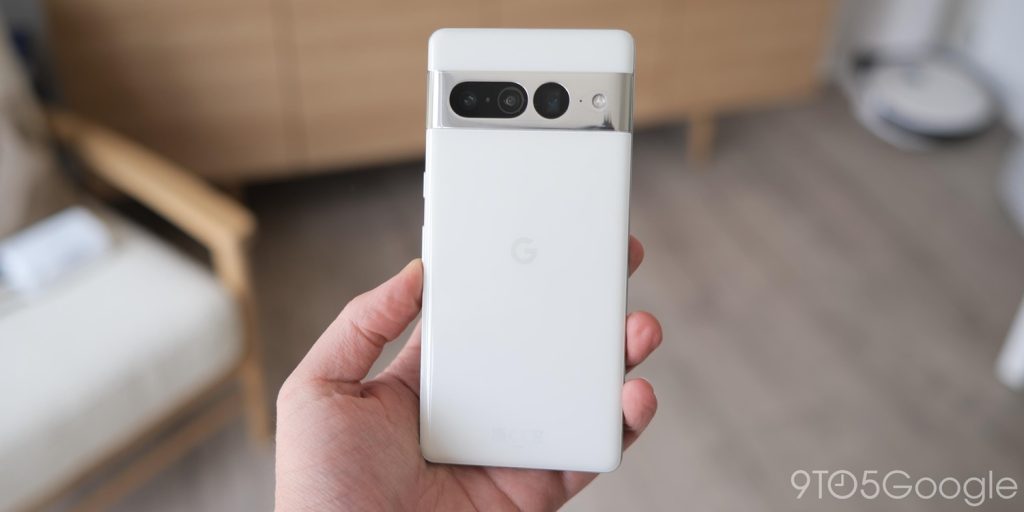
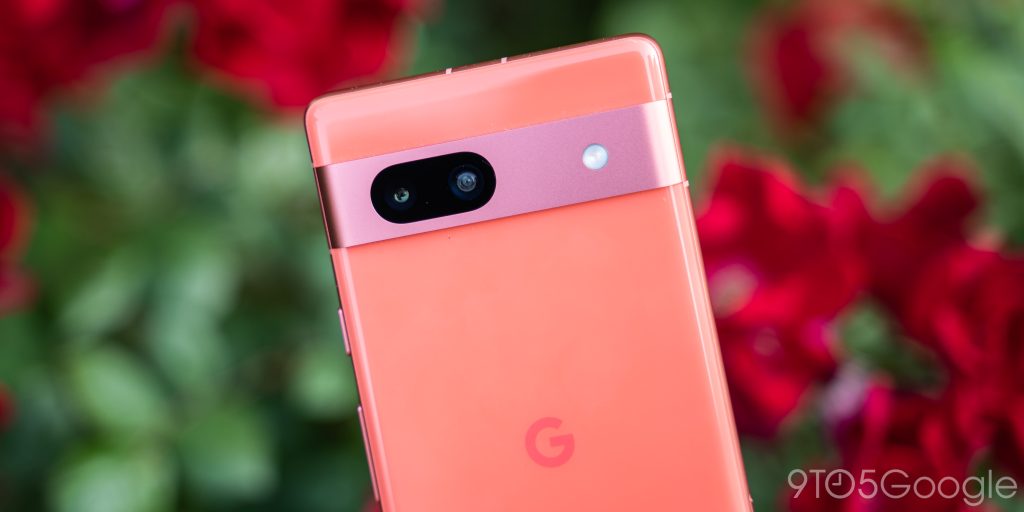
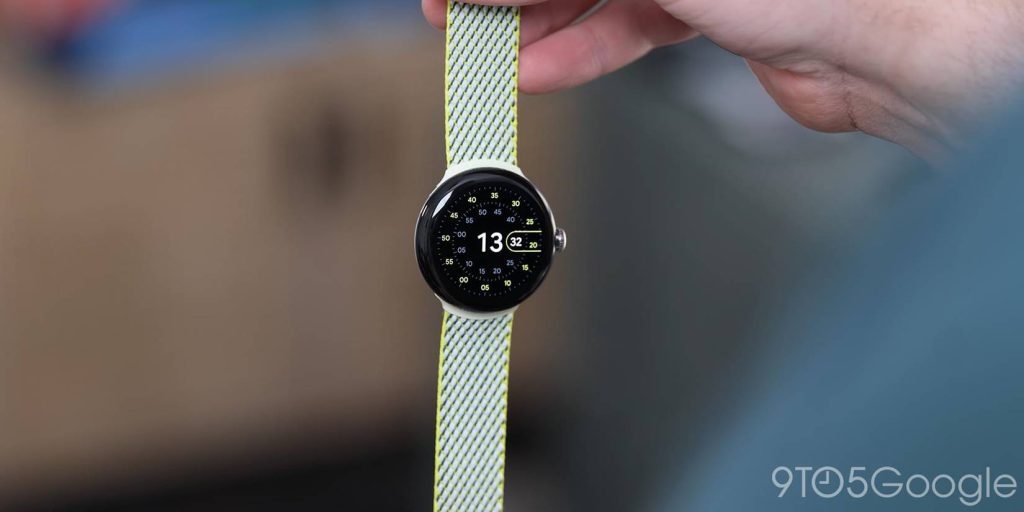
Released in October 2022, the Pixel 7 and Pixel 7 Pro both will receive OS updates and security patches until October 2027. Like the 6a, the mid-range Pixel 7a, launched in 2023, follows Google’s expanded support for Pixel A-series devices, with updates assured until May 2028.
The first Pixel Watch was also announced alongside the Pixel 7 series in October 2022. This is a unique product line and as such, isn’t going to get the same level of support. The Pixel Watch will be supported until October 2025 – making it a 3-year window. This window does include all major Wear OS updates during the time period.
Pixel Tablet and Pixel Fold
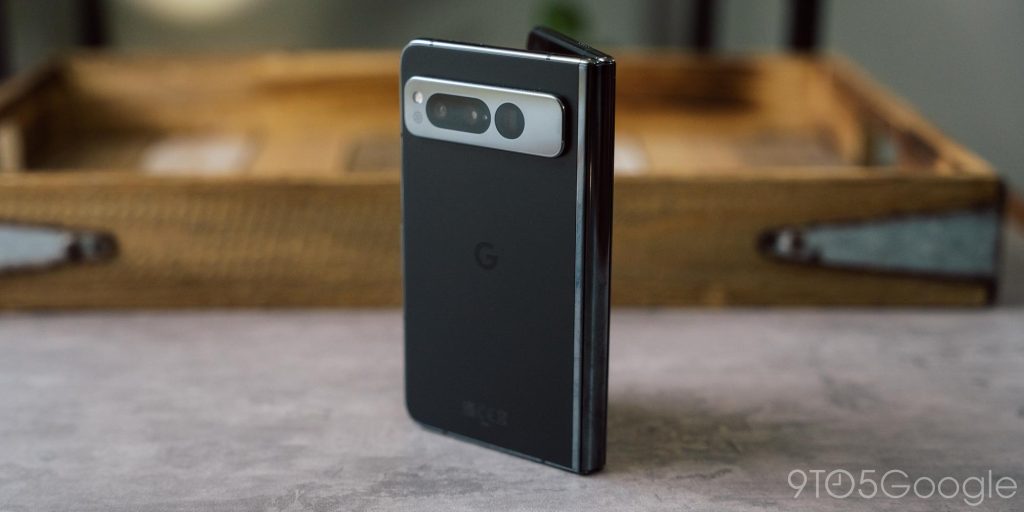
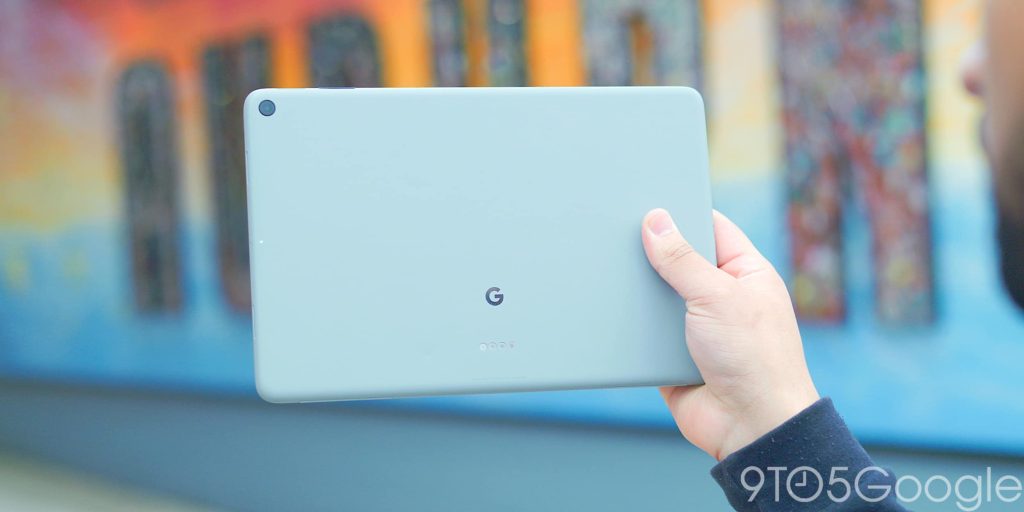
The Pixel Tablet launched in June 2023, but like the Pixel Watch doesn’t have the same update window as a regular phone. It will be supported for just 3 years and support is slated to end in June 2026. This may change given it has the same internals as the Pixel 7 series, but there is no official word on that at this time.
Launched alongside the Pixel Tablet, the first foldable Pixel is going to get 5 years of support that includes at least 3 full Android versions and a further two years of security patches. This means that the Pixel Fold updates will cease in June 2028.
Pixel 8 series + Pixel Watch 2
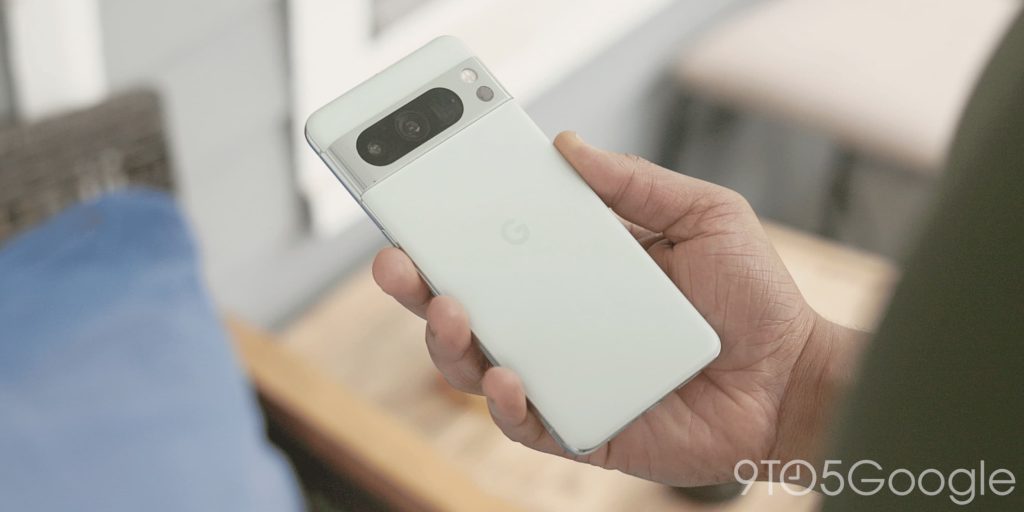
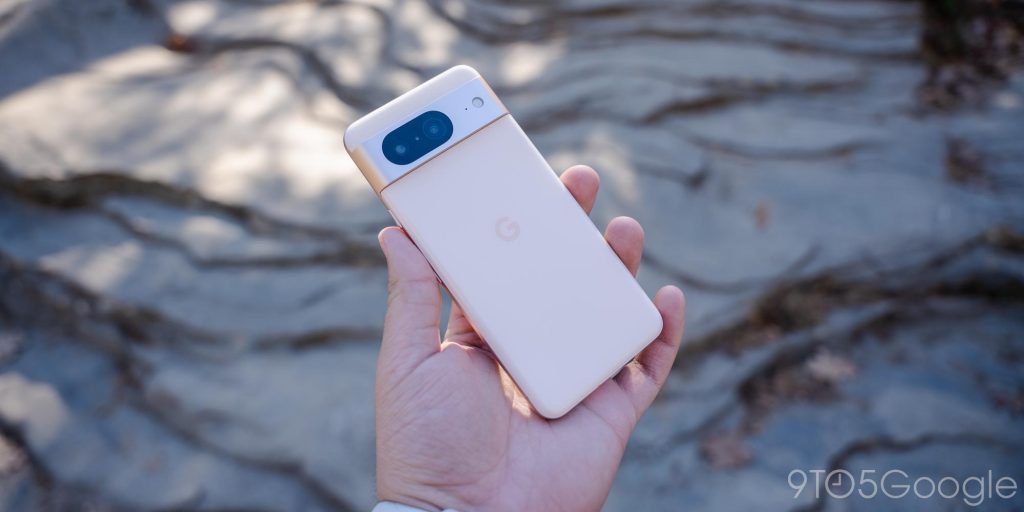
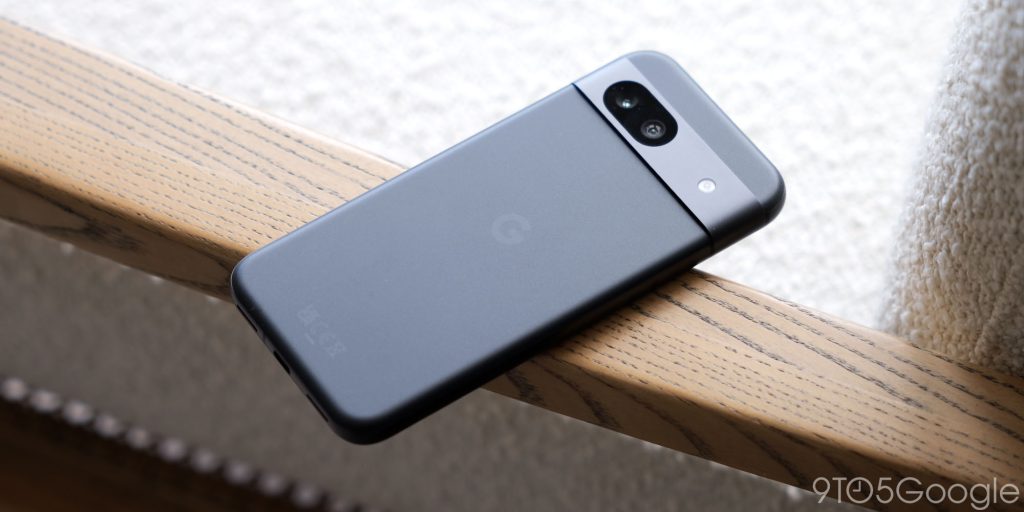
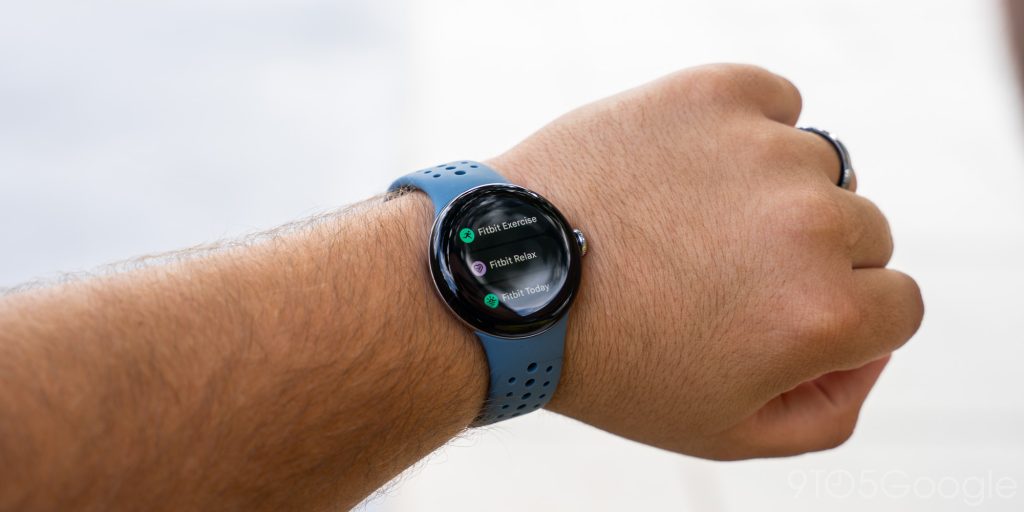
The Pixel 8 and Pixel 8 Pro, launched in October 2023, are Google’s first cohort of hardware to get an unprecedented 7-year Android support window. Unlike the previous generations, Google does not differentiate between OS updates and security patches on the Pixel 8 and 8 Pro. In theory, this means every update until October 2030.
At just $499, the Pixel 8a could be the cheapest device with a dedicated 7-year support window. It was released in May 2024 and will receive updates until May 2031.
Also launched with the Pixel 8 series, the Pixel Watch 2 retains the 3-year update window. Support for the wearable will end in October 2026.
Pixel 9 series + Pixel Watch 3
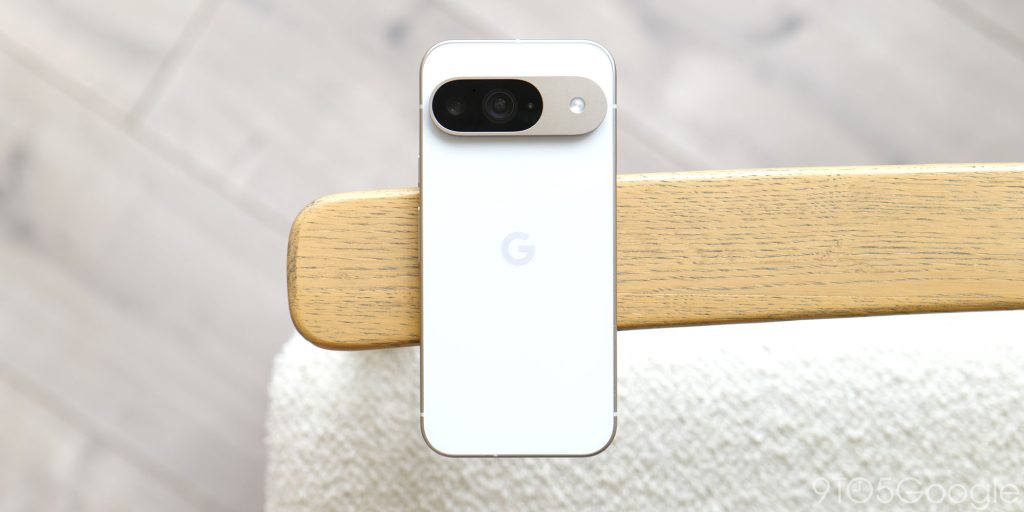
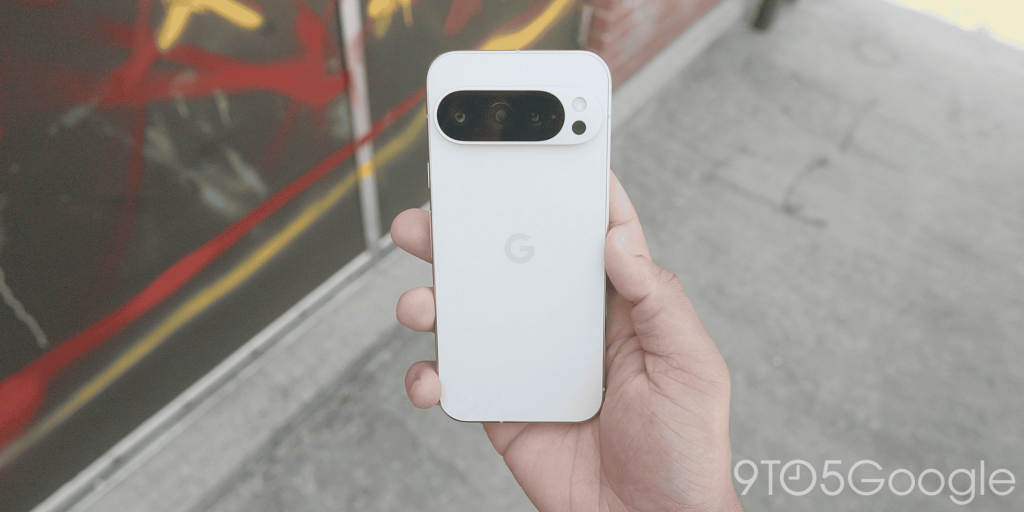
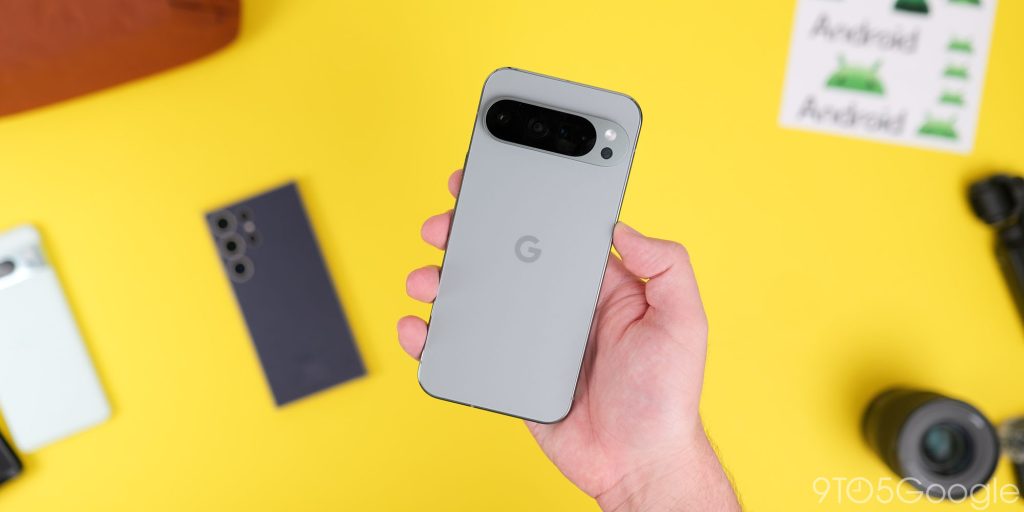
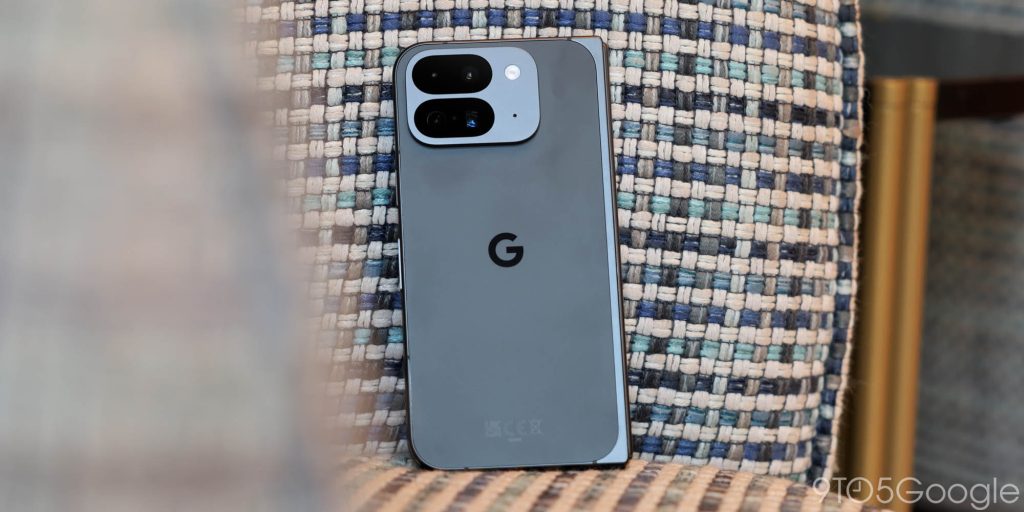
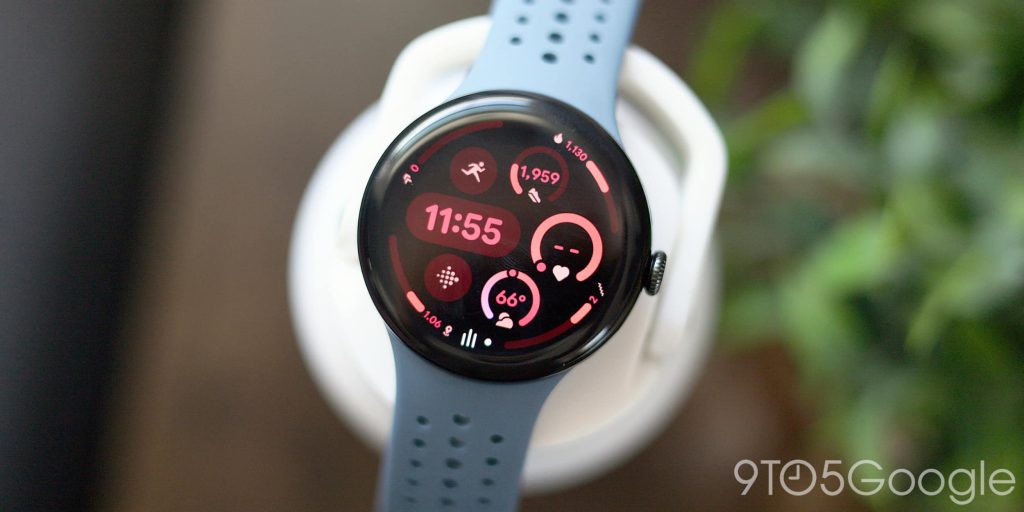
As the latest hardware in the Google smartphone lineup, the Pixel 9 series was released in August 2024. It is also the biggest concurrent launch lineup and consists of the Pixel 9, Pixel 9 Pro, 9 Pro XL, and Pixel 9 Pro Fold.
Every single one of these models is also set to follow Google’s new 7-year support policy, extending OS and security updates until at least August 2031. It’s not clear if Android 15 counts as one of the updates, but it would be safe to assume so based on the usual Android update cycle.
Based on the update cycle, this would mean that the Pixel 9 series will get Android 21. A confusing conundrum here is that this could be the same version that the Pixel 8 series will be updated until—hence some confusion. Currently, there are rumors that Android 16 is coming earlier, so that could also change how many updates the Pixel 8 and 9 series hardware gets.
The Pixel Watch 3 continues the trend of 3-year update cycles. It will receive Wear OS releases from now until October 2027.
What to do when the guaranteed support window ends for your Google Pixel
For most people, we’d suggest upgrading to a new model once your phone is no longer officially supported. So that means if you have an older Pixel model, like the Pixel 3, 3a, and prior, you’ll have a much better day-to-day experience grabbing a more recent phone.
If you are adamant that you want to keep using your existing phone and are in it for the long haul then you may want to think about flashing a custom ROM on your device. Annoyingly, there aren’t many options for ROMs on wearables, which means a Pixel Watch will have a shorter overall shelf life.
Third-party ROMs like LineageOS, GrapheneOS, and others are reputable ways to extend device life with continued security and OS updates. LineageOS currently supports all Pixel smartphones, excluding the recent Pixel 9 series. By flashing a custom ROM, you can continue using your phone but with some extra peace of mind that it’ll be safe and secure.
We recommend this approach if you are willing to do a little tinkering. Installing custom ROMs requires technical steps, and security updates may not always match Google’s level, so it’s important to weigh these considerations before diving in. As we note, for most people, an upgrade will be a better option.
FTC: We use income earning auto affiliate links. More.

Comments